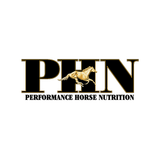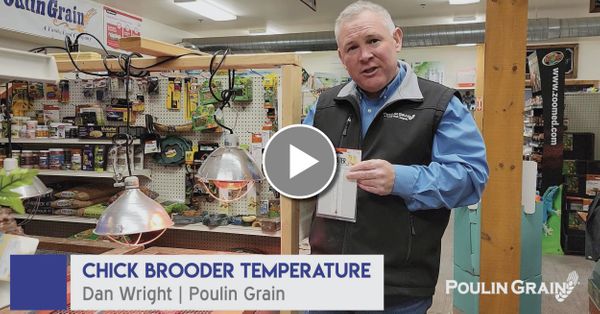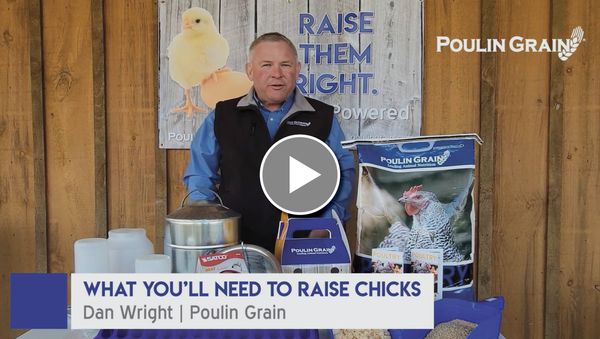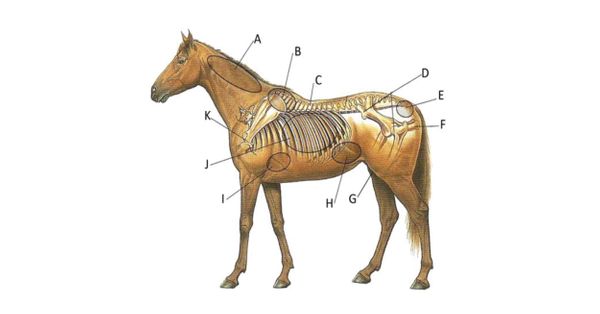Fiber Utilization in Horses
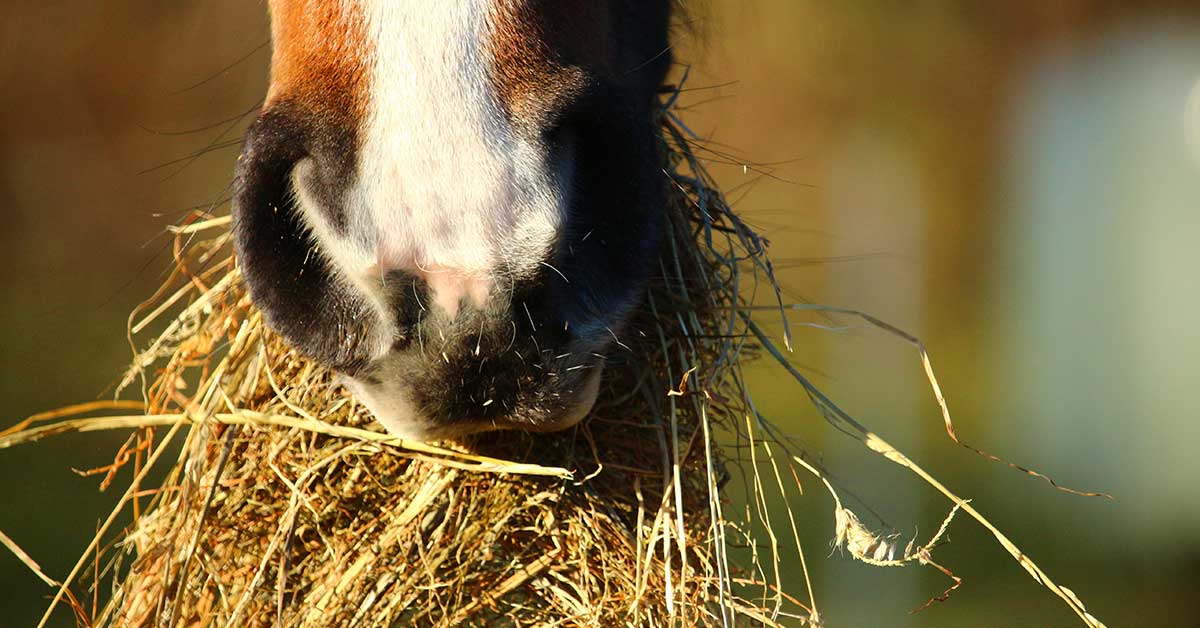
It is widely known that forage is the most important part of any horse's diet. Many of the nutrients in forages must be released from the plant material via digestion before they can be absorbed and utilized. Digestibility is used to describe how easily a feedstuff is digested or broken down. Highly digestible feedstuffs are easily broken down, while those of lower digestibility are more difficult to digest. Digestibility is important because it gives an idea of how available the plant’s nutrients are for absorption. For example, two forages may contain the same amount of nutrients, however, if one is less digestible, the nutrients will remain bound in the plant material, unavailable for absorption, and will be excreted in the manure.
One factor that can determine how easily a feedstuff is digested is fiber, or structural carbohydrate, content. The primary structural carbohydrates, which constitute the fibrous portion of plant material, include cellulose, hemicellulose, and lignin. These fibrous carbohydrates play an important role in providing plants with their structural rigidity. However, this also makes them difficult to digest. Because of their complex chemical arrangements, these structural carbohydrates must be broken down into simpler forms to be absorbed by the gut. Unfortunately, the horse does not produce the necessary enzymes to break down and digest these complex molecules. Instead, the horse relies on microbes in the hind gut to break down these carbohydrates.
Not all fibrous carbohydrates are digested with the same efficiency. Hemicelllulose is more readily digested than cellulose, while lignin is completely indigestible by both the horse and microbes. Structural carbohydrate content is typically estimated using procedures for Neutral Detergent Fiber (NDF) or Acid Detergent Fiber (ADF). Neutral Detergent Fiber is a measure of hemicellulose, cellulose and lignin representing the fibrous bulk of the forage. NDF can be negatively correlated with intake. Acid Detergent Fiber is a measure of cellulose and lignin. Cellulose varies in digestibility and is negatively influenced by the lignin content. As lignin content increases, digestibility of the cellulose decreases. ADF is negatively correlated with overall digestibility.
Soy hulls are considered a super fiber due to their very low lignin content which leads them to be highly digestible and palatable. Oat hulls on the other hand have a very high lignin content which significantly decreases their digestibility and therefore nutrient content. The other important difference to note between Oat hulls and Soy Hulls is the non-structural carbohydrate content. Soy hulls are on average 5% sugars and starches while Oat hulls are around 17% sugar and starch.
| Carbohydrate | Oat Hulls | Soy Hulls |
|---|---|---|
| Lignin | 7 | 2 |
| Hemicellulose | 16 | 15 |
| Cellulose | 48 | 46 |
| ADF | 55 | 48 |
| NDF | 71 | 63 |
| NSC | 17 | 5 |
When comparing pelleted hay alternatives make sure Soy hulls are a predominant ingredient and not Oat Hulls.
Poulin Grain's Forage Extender™ contains Soy Hulls and Alfalfa Meal as its primary fiber sources. It also contains added live cell yeast culture which is scientifically proven to improve fiber digestion. This product comes in a small pellet (Mini Bites) and large sized pellet (Super Bites).
Contact your Poulin Grain Feed Specialist to test your hay quality and build a diet for your horse.
www.PoulinGrain.com | 800.334.6731

